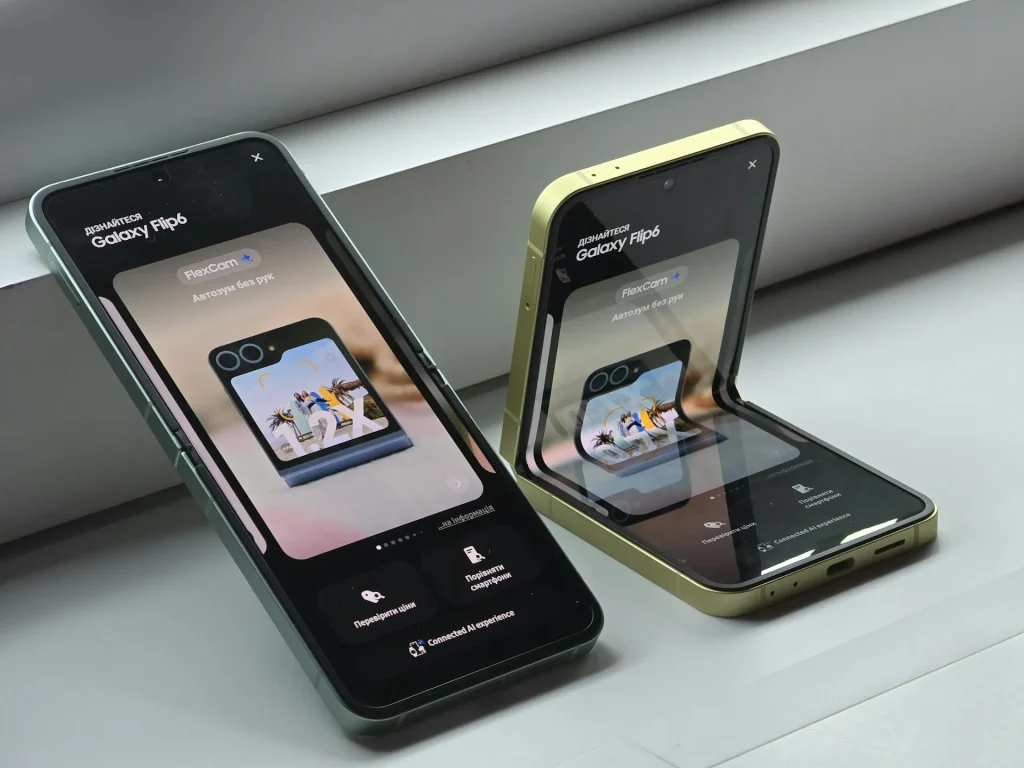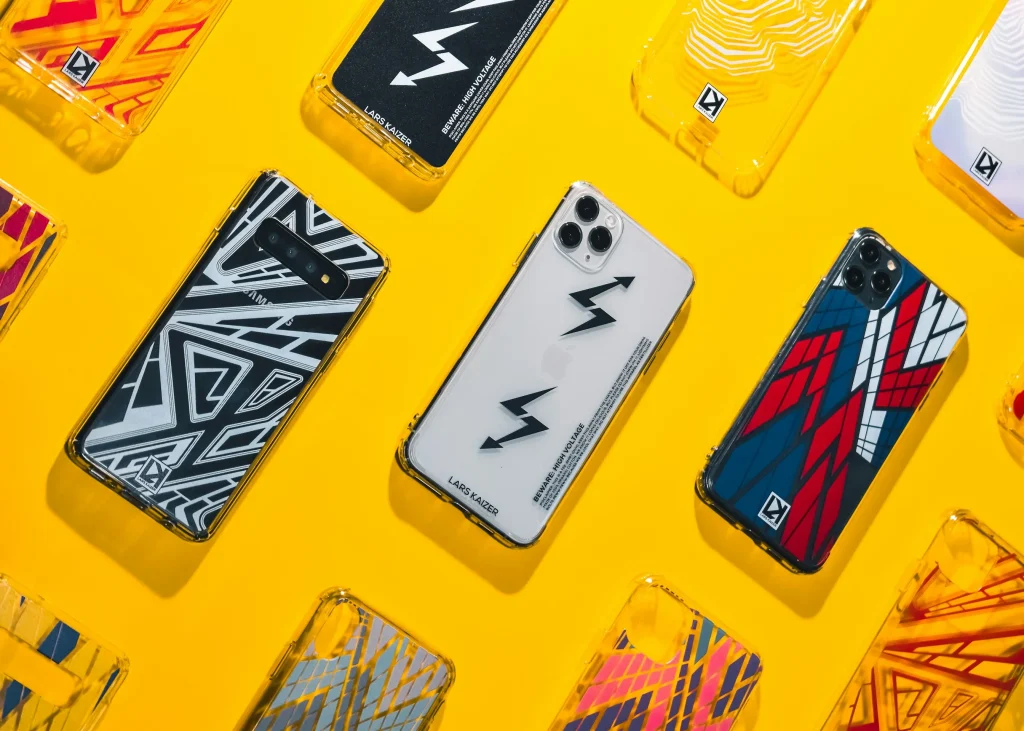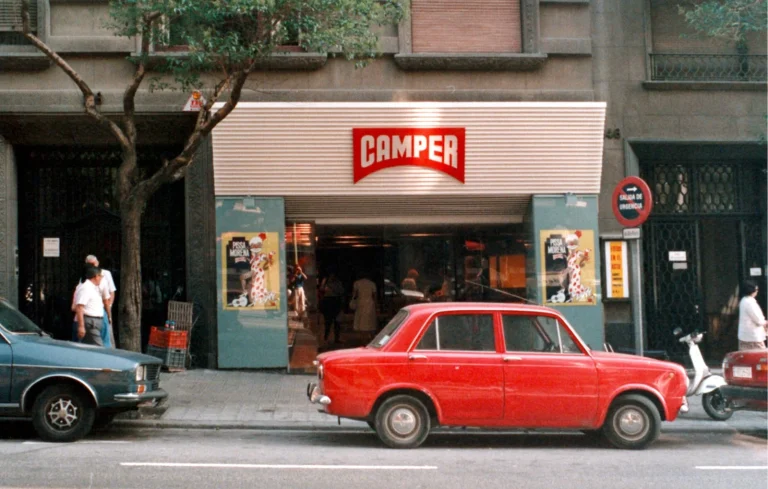When I mention smartphones, one of two brands usually comes to mind: Apple or Samsung. These two brands are both competitors and also solution partners, and both have the ultimate goal of dominating the multi-million dollar smartphone market.
Apple and Samsung, in addition to dominating certain categories, are also techno- trendsetters.
However, when you look at their product lines, you see a distinct difference between them: Apple offers a limited variety of products, while Samsung consistently offers products that appeal to different segments, offering similar hardware and software features but differing in physical appearance.
As the calendar year 2025 approaches, Apple has only five different iPhone models on its shelves and sells them worldwide.
Samsung‘s mobile phone lineup has around twenty products—perhaps even more. This means Samsung continues to compete with Apple by releasing more mobile phones.
I know, a lot article has been written about both brands, their product designs, functionality, and even their marketing strategies.
But in this article, I’ll try to approach the products of these two giants from a different perspective you may have never considered before: the accessories market, a market at least as large and important as the mobile phone market.
According to IDC 2024 data, Apple shipped approx. 45.2M iPhones worldwide. Samsung, meanwhile, sold approximately 53.9M Galaxy devices that same year, maintaining its leadership position in the mobile phone category. Apple, along with Samsung, holds approx. a 35% share.
The data doesn’t lie; Samsung sells more smartphones than Apple, but we seem to be overlooking a crucial detail: Like Apple, securing second place by selling only four different models in 2024 may be more advantageous than securing first place by selling a larger number of models.
When “less” becomes an advantage
It’s clear that having a smaller product line, like Apple’s, makes many processes more manageable and efficient; from product production and distribution to releasing software updates and securing the necessary collaborations to develop accessories for use with these products.
A smaller selection of products allows consumers to choose a product without excessive confusion, and even facilitates the successful provision of necessary after-sales support and updates.
And it also increases the availability of accessories, which is my main focus in this article. Because producing accessories for a limited number of models is easier than a larger lineup, it also supports the development of a unique accessory ecosystem for the brand.
Apple may not currently lead the mobile phone industry in sales due to its small number of products, but it clearly leads the industry in accessories. This, I believe, is a significant factor in strengthening user loyalty and enhancing brand awareness.
Expanding the product line under control and earning loyality of users
Apple’s product line expanded to two products (7 and 7 Plus) focused on screen size starting with the 7 series, has expanded to five by 2025.
These differ from each other in key features such as display type, size, camera features, and battery capacity. The 16e, 16, 16 plus, 16 pro, and 16 pro max, all in the current portfolio, share the same operating system, have similar dimensions, and share the same design language.
The similarity of products across many contexts; the shared design language, facilitates user decision-making and ensures a homogeneous product experience.
Despite generations of mobile phones being similar in size, another crucial aspect, as important as their interfaces and usage habits, is the ability to seamlessly use accessories.
For example, Apple’s 12 and 13 models can use the same cases, wireless charging accessories, and MagSafe products, allowing users to seamlessly transfer existing accessories, some of which are even collectibles, to their new phones when switching models.
Being able to continue using the same accessories not only simplifies the user experience but also paves the way for the development of a loyal and compatible accessory market.
Personalization is one of the surest ways to strengthen brand loyalty, and that’s exactly what the accessories market provides to users.
A kind of choice: Increasing product range to expand the brand

Expanding product range to expand the brand is a form of marketing strategy. Moreover, it’s evident in many other brands that have adopted and implemented this strategy.
Samsung is just one of these brands, and today, there are dozens of different Samsung models produced with various codecs; from the foldable F series to the S series with all the best features in every aspect; from the entry-level A and a bit of slightly more powerful M.
To encourage more people to use its Android software, it prefers to offer options for every budget, and there’s no commercially wrong with this.
It’s clear that a large number of Galaxy phones on the market offers end users more price options and a wider variety of features; especially in fragile economies, budget is everything.
The availability of so many different models of mobile phones may seem appealing and attractive at first, but there’s a significant problem with this: compatibility and accessory availability.
While the use of aftermarket parts like protective cases and screen protectors poses no problem, when the device needs to be physically opened and repaired, the widespread, abundant, and, of course, affordable availability of original parts like the display, speakers, and charging ports is critical.
Availability is problematic in two main ways:
- end users experience confusion in obtaining compatible accessories for their current mobile phone
- retailers struggle to maintain separate stocks for each model and they don’t restock after the series is discontinued.
This is a common problem, especially for users of Samsung’s mid- to lower-end products.
Despite the mere millimeter differences between the older and newer generations of Samsung’s models, accessories cannot be transferred from old to new phones due to the camera arrangement on the back of the phone, the frame, or a prominent and key component in the chassis structure.
This means confusion for accessory manufacturers and a source of dissatisfaction for the end user. Not to mention the environmental pollution impact of dysfunctional accessories.
The Apple model in the accessory ecosystem

For accessory manufacturers, Apple’s simpler product line compared to its competitors is a definite advantage. For example, since there aren’t many design differences between generations of mobile phones, a durable case purchased for a 12-series model can be used immediately on the 14th across several generations.
This design allows for improvements to existing models rather than producing accessories specifically for a redesigned model. This reduces costs and offers a solution to the problem of consumers finding suitable accessories.
Unlike Apple, Samsung is finding it difficult to guarantee accessory compatibility across generations. The design concept, which changes entirely or in critical parts with each new model, forces manufacturers to produce bespoke models for each model, leaving production limited.
Manufacturers naturally gravitate towards models that brands prioritize and promote, because expecting accessories to sell more as more products are sold is a sound business strategy, regardless of the industry.
* These are some of the reasons why some users struggle to find compatible cases and screen protectors for their phones.
A globally significant market that cannot be ignored: Accessories
It’s important to acknowledge that the accessories market, which supports this market, is as large as the mobile phone market itself.
The accessories market, which is divided into premium, mid-range, and low-end segments, primarily consists of headsets, chargers, wireless charging stands, power banks, and cases.
This market, which has a volume of approximately $100 million by 2024, is expected to reach $150 million by 2030. Therefore, the strategies smartphone manufacturers adopt in their product range and design directly impact this sector.
While fewer product varieties mean fewer molds and therefore lower costs, a broader product range and diverse design approaches across generations force both manufacturers and users to invest more effort.
As a Samsung user, I don’t praise Apple. However, a simple, straightforward, and predictable approach to design appears to be one of the keys to sustainable growth not only for the end user but also for other stakeholders in the industry.
An open call to Samsung
Foldable screens, massive megapixel camera sensors, and technology like the S Pen, which elevate the mouse experience to a whole new level, are among the most talked about topics these days, and Samsung is the one integrating these into our lives.
However, I believe that the sheer breadth and diversity of mobile phone design, especially within a mobile phone lineup, has become a hindrance to the user experience rather than a benefit of such a wide variety.
It may be time for Samsung to emulate the simplified product model of Apple, its main competitor and solution partner; and to adapt its products to adapt this strategy by revising its products so that we can use the same accessories across generations. Product differentiation should be driven by the technology embedded in the models.
By bringing products closer together in terms of design and standardizing the location and shape of hardware elements such as camera modules, case molds, charging ports, and speakers, accessory manufacturers can develop a clearer roadmap for developing accessories compatible with Samsung products.
…
Offering a wide variety of products may seem like a boon for a brand, but managing that variety is as important as offering it.
When it comes to consumer electronics, which has become a fast-moving consumer goods category, launching a product and then leaving the consumer to fend for themselves can leave the user feeling isolated.
As a final comparison, while Apple utilizes the power of simplicity everywhere, from product design to interface, and even from accessories to customer service, Samsung’s strategy of expanding its market presence seems to me to be in need of reexamination.
However, it seems to me that the way to differentiate ourselves isn’t just by incorporating good software and powerful hardware into a phone, but also by ensuring the product continues to function flawlessly throughout its lifespan and by taking actions that strengthen user loyalty to the brand…






